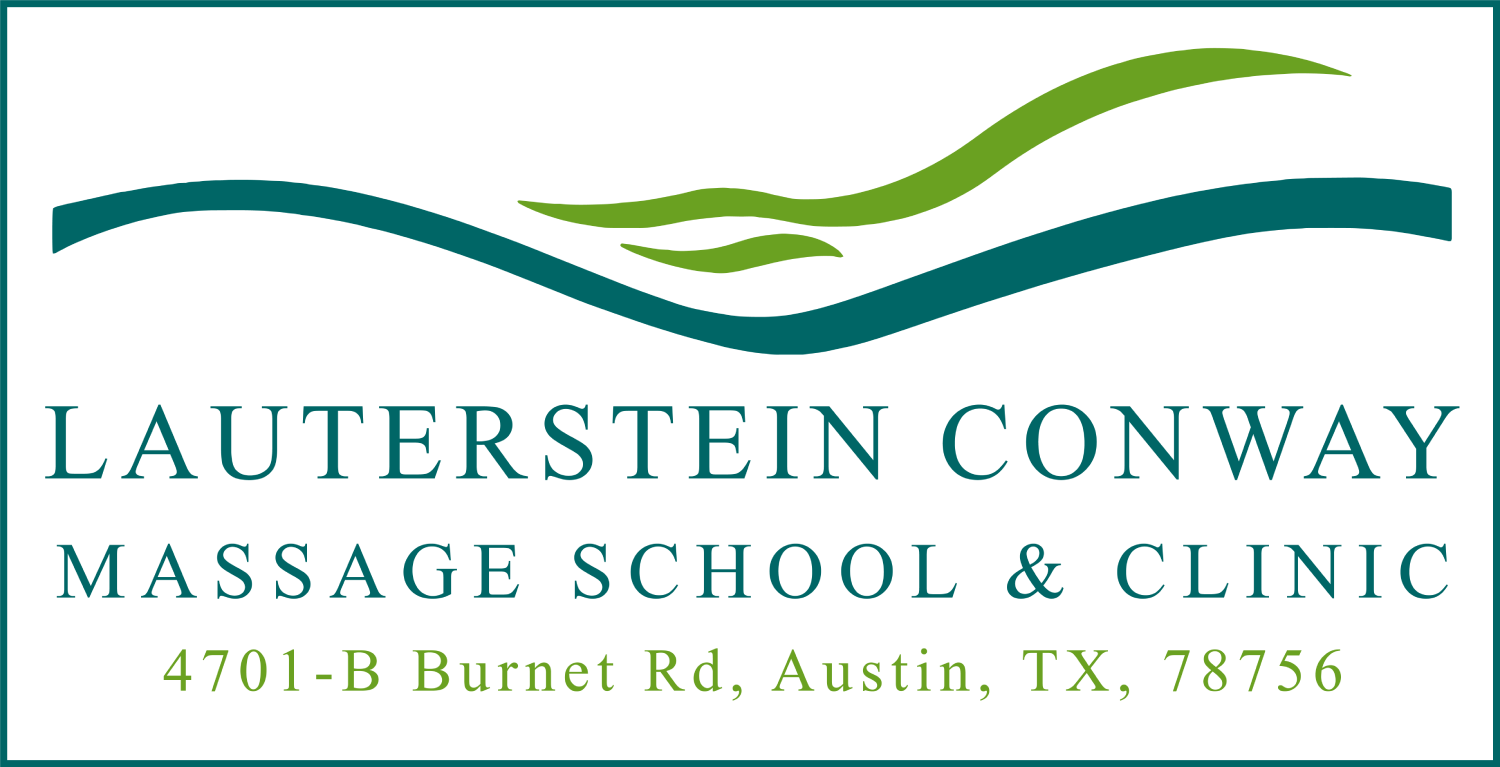Origin: Sacrum and iliac crest of pelvis, Insertion: All ribs, transverse and spinous processes of all vertebrae up to C2; mastoid process of the temporal bone, Action: Bilateral: extension of the spine, (Excessive – lumbar and cervical lordosis; thoracic kyphosis), Unilateral: lateral flexion (Excessive – scoliosis), Antagonist: Rectus abdominis (or gravity)
The erector spinae is more a whole muscle system than a single muscle. This system arises from the sacrum and pelvis and creeps up attaching like so many vines to the spine, ribs and back of the skull. There are three tracts. The iliocostalis is the lateral tract, the awareness of which can help the client sense how broad the back actually is. Often the sense of broadness will be lost with the preoccupation born of pain toward the center of the back. The longissimus (the “longest”), the intermediate tract, attaches to the ribs and transverse processes of the vertebrae. In its uppermost portion it actually attaches to the mastoid process under the sternocliedomastoid. Awareness of the tract can therefore help on sense how very long the back is, in truth extending there are the way from the tailbone to the back of the head! The medial tract, the spinalis, attaches to the spinous processes up to the axis.
Because, in our work and postural habits, most of us lean forward with our trunks, the erector spinae are often kept in a state of chronic eccentric contraction. That is, while being lengthened as we hunch over, they must yet contract so we don’t fall forward altogether. As mentioned earlier, chronic eccentric contraction is often a source of musculo-skeletal pain as the muscle is being given a double message – let go/hold on.
Imagine the strain involved in forever trying to reel in a fish that will never give up. This is too often the predicament of the erector spinae and the other muscles of the back. Imagine a yet more unfortunate fisherman, who, after years of holding this tireless fish at bay, is finally yanked off the boat, uprooted by superior force. This is often what is occurring in lower back pain. After years of holding us up, the muscles of the back, overwhelmed finally by gravity’s tireless force, start literally to uproot via tiny tears in the muscles and connective tissues attaching to the sacrum and pelvis. At this point, if this is what is happening, toe touches, the yoga posture “the plough and such stretches will only aggravate the problem, further tearing the fibers of the lower back.
The task of the massage therapist here would be to “re-root” the spine, stroking “in” toward the spine and down toward the sacrum. This is only one possible cause of lower back pain, however. Techniques of massage, anatomical analyses and exercises must be carefully tailored for each individual problem.
